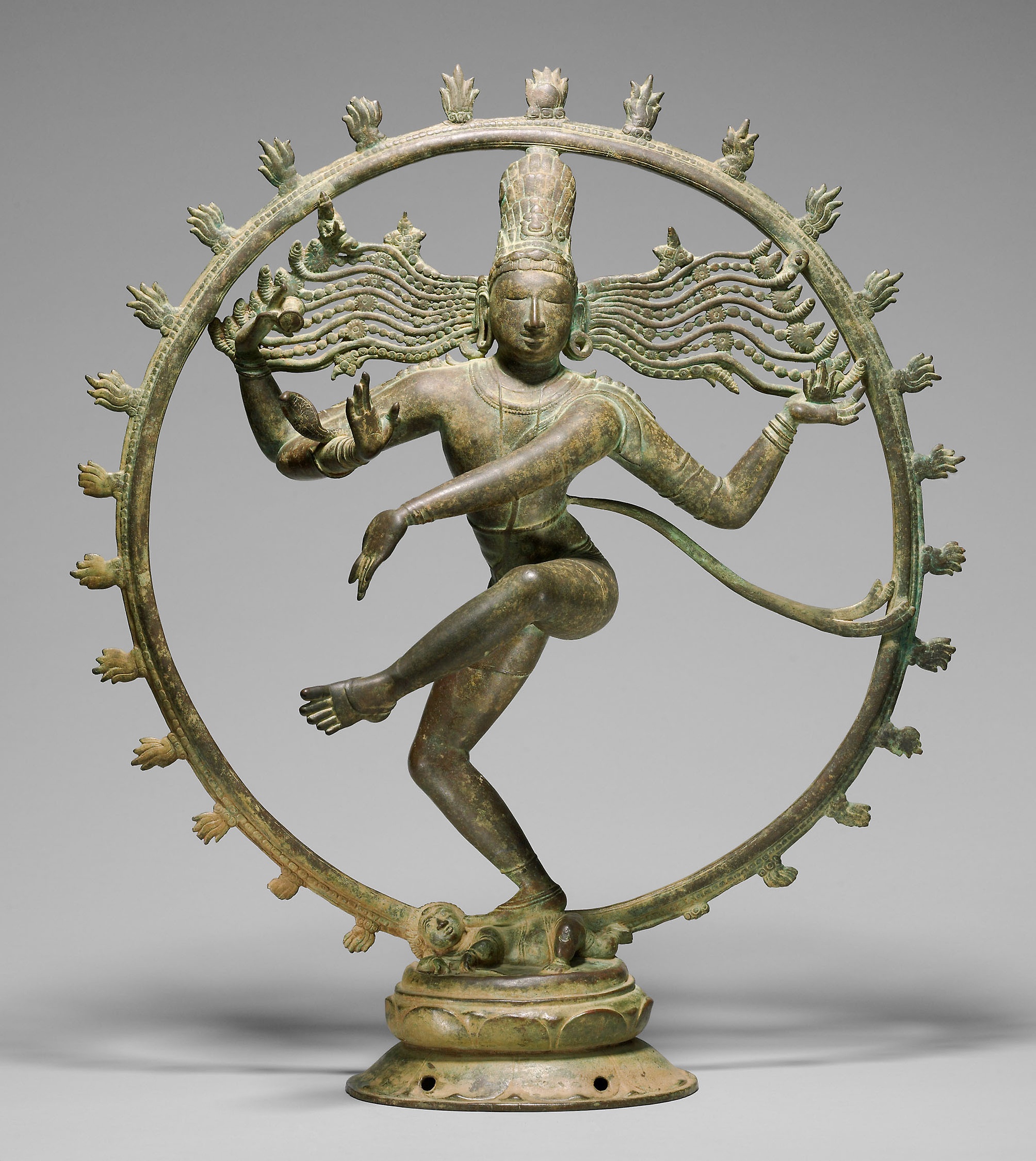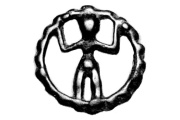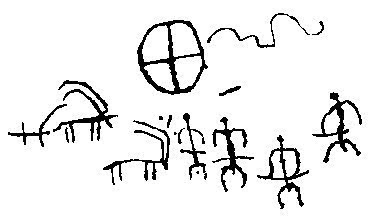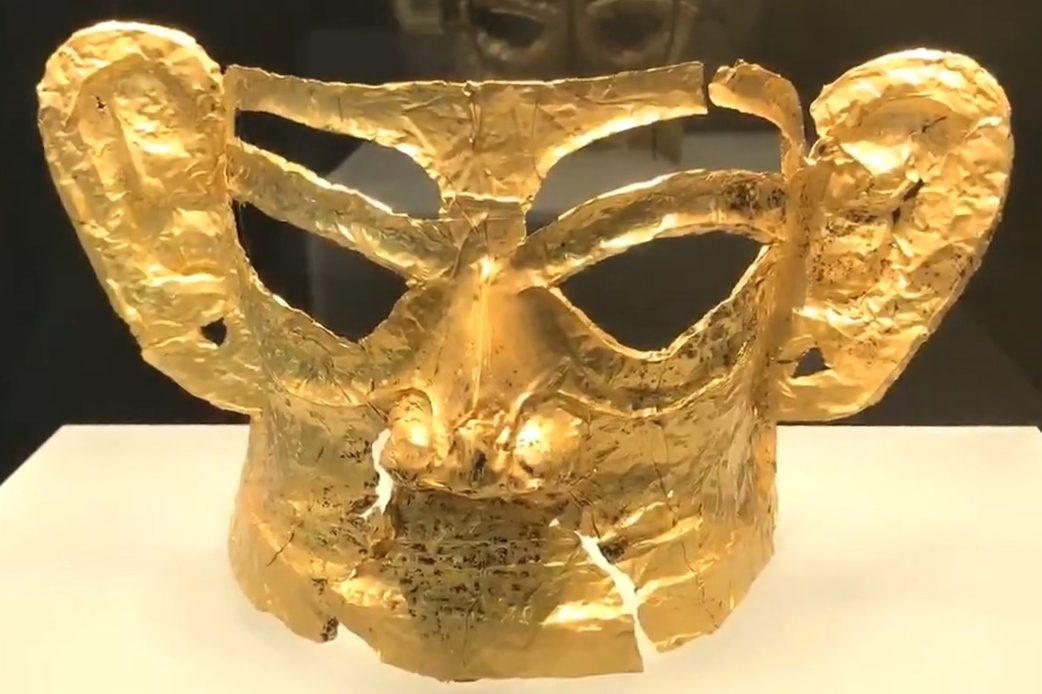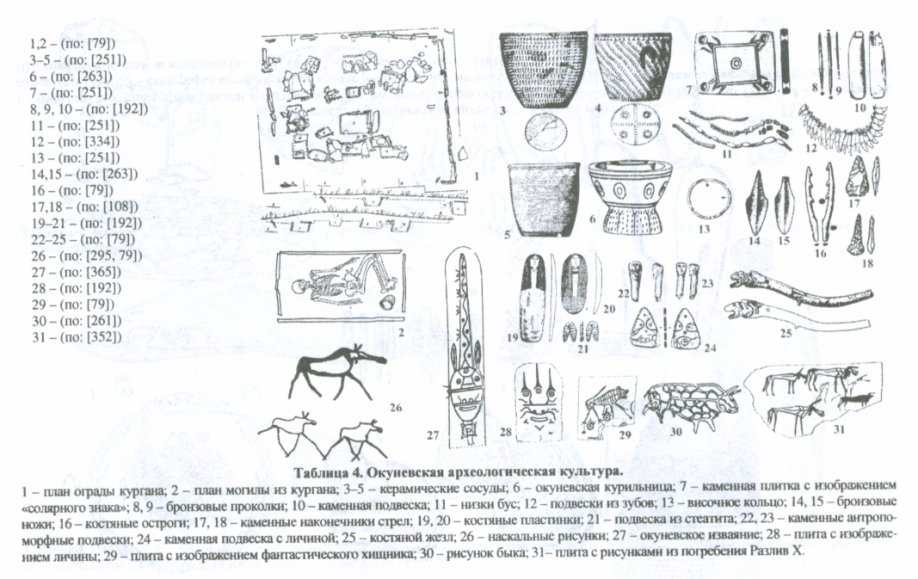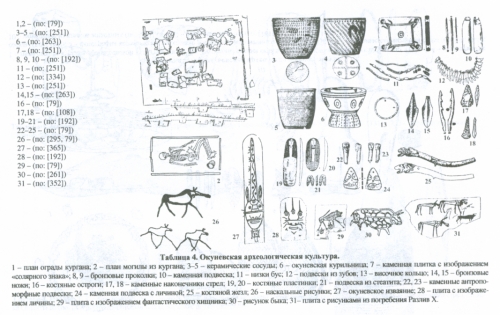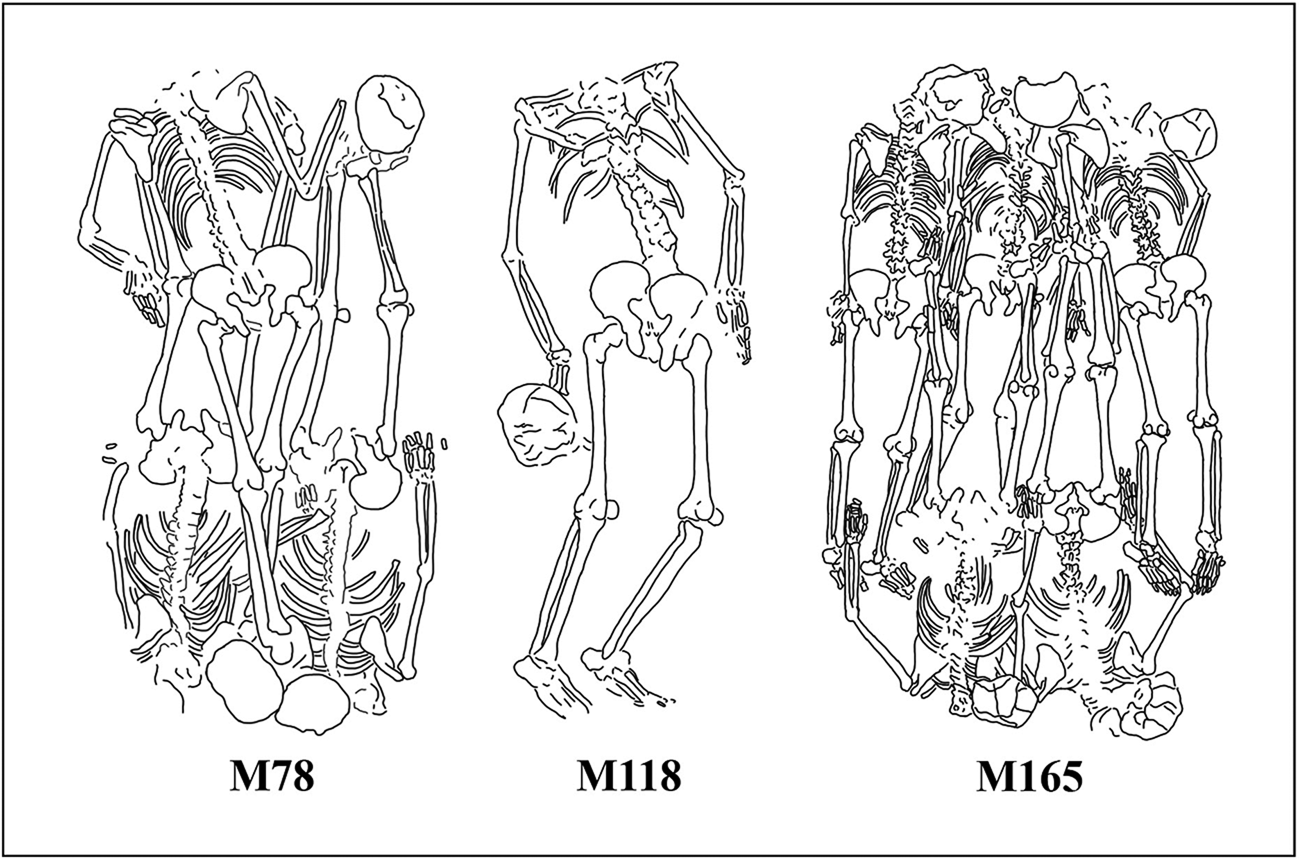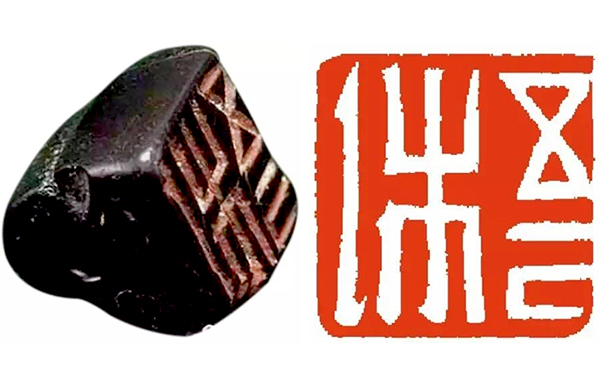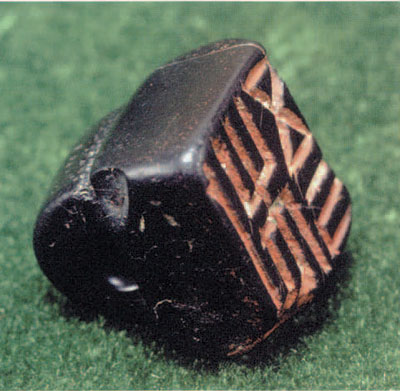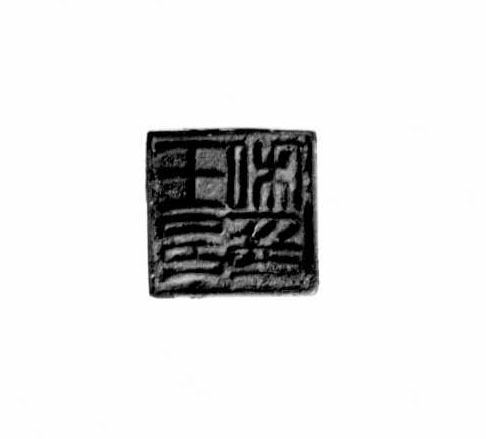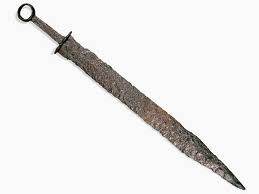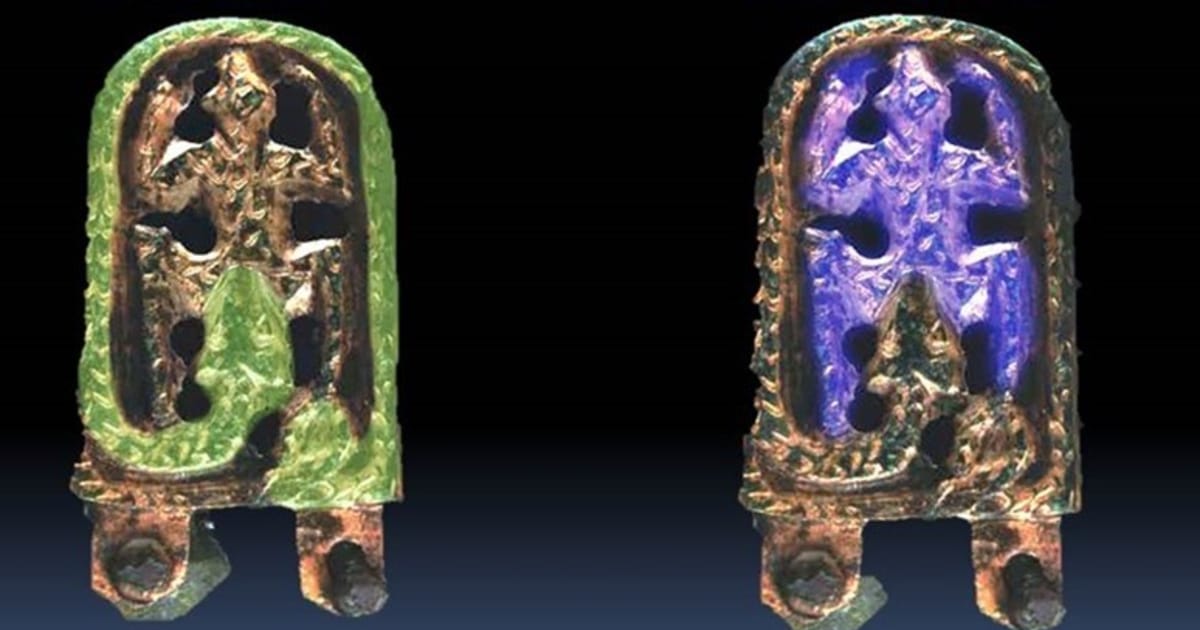Bronze Age Northern Eurasian Genetics in the Context of Development of Metallurgy and Siberian Ancestry
Ainash Childebayeva, Fabian Fricke,
View ORCID ProfileAdam Benjamin Rohrlach, Lei Huang, Stephan Schiffels, Outi Vesakoski, Lena Semerau, Franziska Aron, Vyacheslav Moiseyev, Valery Khartanovich, Igor Kovtun, Johannes Krause, Sergey Kuzminykh, Wolfgang Haak
"The Eurasian Bronze Age (BA) has been described as a period of substantial human migrations, the emergence of pastoralism, horse domestication, and development of metallurgy. This study focuses on individuals associated with BA metallurgical production, specifically the Seima-Turbino (ST) phenomenon (∼2,200-1,900 BCE) associated with elaborate metal objects found across Northern Eurasia. The genetic profiles of nine ST-associated individuals vary widely ranging between ancestries maximized in individuals from the Eastern Siberian Late Neolithic/BA, and those of the Western Steppe Middle Late BA. The genetic heterogeneity observed is consistent with the current understanding of the ST metallurgical network as a transcultural phenomenon. The new data also shed light on the temporal and spatial range of an ancient Siberian genetic ancestry component, which is shared across many Uralic-speaking populations, and which we explore further via demographic modeling using additional genome-wide (2 individuals) and whole genome data (5 individuals, including a ∼30x genome) from northwestern Russia."
The Eurasian Bronze Age (BA) has been described as a period of substantial human migrations, the emergence of pastoralism, horse domestication, and development of metallurgy. This study focuses on individuals associated with BA metallurgical production, specifically the Seima-Turbino (ST)...

www.biorxiv.org
Y-chromosome haplogroups.
"We performed Y-haplogroup (Y-hg) typing of the ROT malesusing the YMCA method19 388 (Table 1). We identified two individuals that carried the R1a Y-hg389 (ROT003 (R1a-M417) and ROT016 (R1a-Z645)), one of the most widely distributed Y-hgs inEurasia40 390 . However, both individuals could be R1a-Z645, since ROT003 does not have either391 ancestral or derived ISOGG list SNPs after R1a-M417.
ROT002, the individual with the highest proportion of north Siberian ancestry, was assigned to399 the N1a1a1a1a (N-L392) haplogroup.
Another individual407 (ROT017) was determined to belong to the Q1b1 (Q-L53) haplogroup, which is common408 among present-day Turkic speakers across Eurasia. The branch Q-YP4004 includes Central409 Asian Q-L53(xL54) lineages and one ancient Native American individual from Lovelock Cavein Nevada dated 1.8 ky47 410 , and the oldest individual with this haplogroup is irk040 (Cis-BaikalNeolithic, 4846 BP)28 411 . The lineage C2a-L1373, carried by ROT011, is found at high frequency412 in Central Asian populations, North Asia and the Americas. C2a-L1373 expanded to North Asiaand the Americas post-LGM, around 17,700–14,300 years ago48 413 .
Lastly, haplogroup R1b1a1a414 (R1b-M73), a sister-clade of R1b-M269, is carried by ROT006."

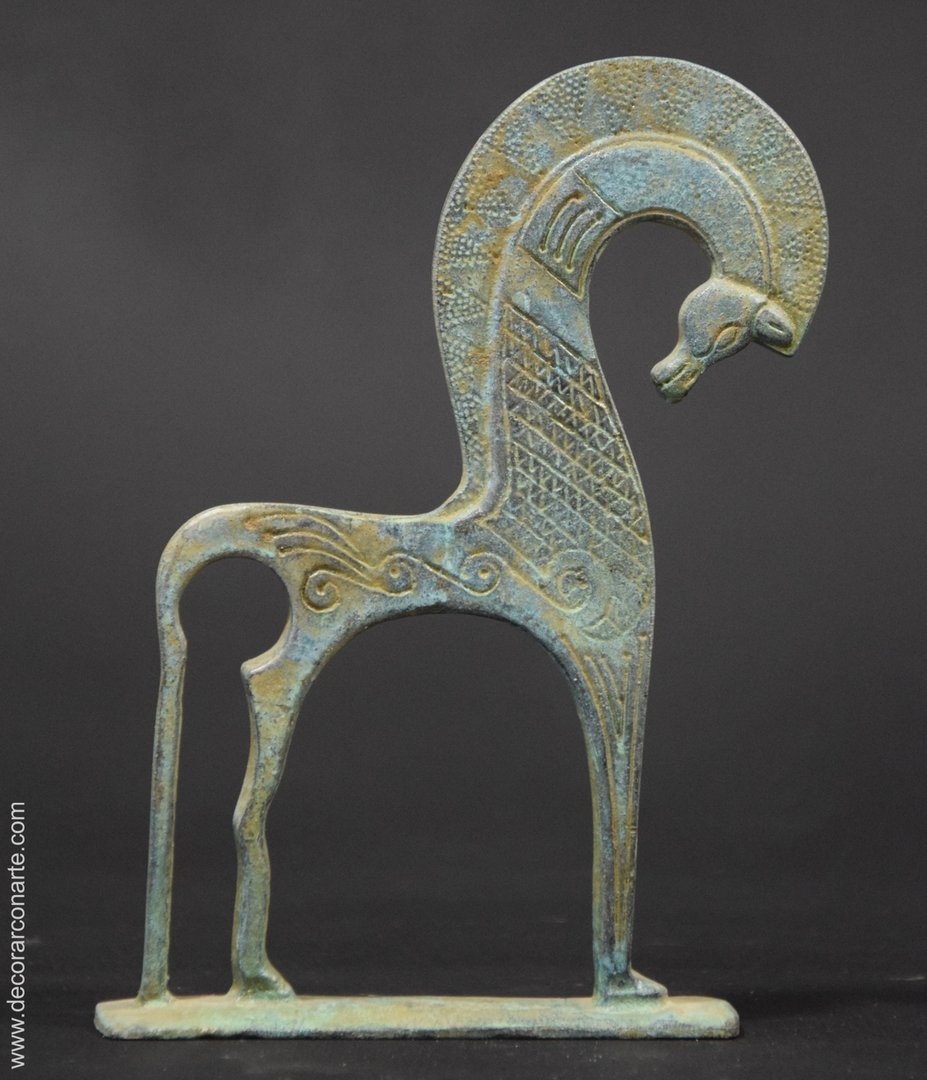

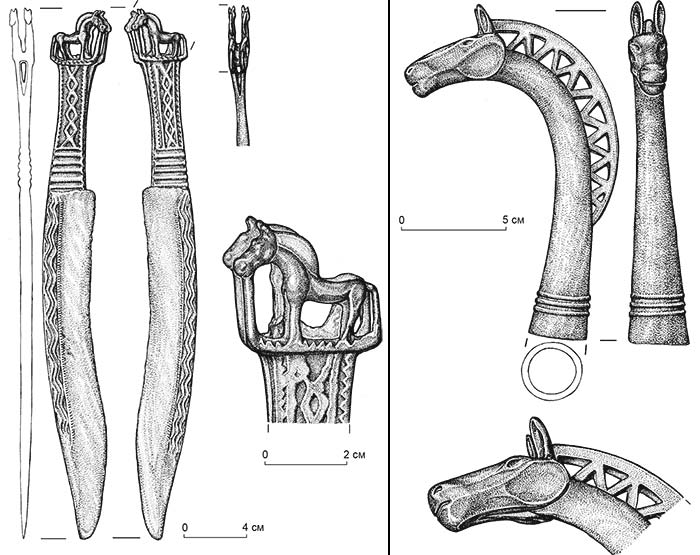 Bronze dagger (left) and bronze pommel (right).
Bronze dagger (left) and bronze pommel (right).





